Tim McFarlane, We Dance to Pray, 2013, painting installation, acryilc on drywall, dimentions variable, Bridgette Mayer Gallery
“The paintings in “Presence” examine common themes that influence us on a daily basis. Physical and sensory relationships and experiences with our immediate surroundings, other people, and within our selves inform and provide starting points for the processes and imagery of this work. Outside influences such as graphic design, pattern systems, and music contribute to my on-going studio practice, as well. Once a direction takes hold, I build up my works in layers by painting, scraping, sanding, and repainting, along with utilizing varying degrees of color intensity, transparency, and opaqueness with paints and mediums to make and modify images.” excerpted from Tim McFarlane artist statement.
When in second grade, 1962, I announced at the dinner table that when I grew up I wanted to be an abstract artist. Life Magazine and the Saturday Evening Post often ran stories about Jackson Pollack or Helen Frankenthaler and I was entranced by the idea that art could be anything. My Dad threw a fit! No way, never! Of course, now, abstract art is part of our everyday life from pop culture to advertising to clothing and architecture, but back then the art form was subversive and upset people who couldn’t understand the sea change that was happening. Even if they already enjoyed Impressionism. Abstract art was scary.
Tim McFarlane is one of Philadelphia’s best abstract artists. He is loved and respected by the art community and art collectors and is one of the hardest working men in the business. Tim McFarlane is not a beatnik or a creep; he’s smart, creative and intellectual in an accessible, erudite manner that people can relate to without being scared off. The one-person art show of his artwork, Presence, at Bridgette Mayer Gallery, describes his art narrative from swirly, wormy forms to a more angular and crisp style of painting that flows with energy, color and vibrant imagination. I listened in while he chatted with visitors to the gallery and learned about his art revolution.
Tim McFarlane, An Adjustment of Means, 2013, acrylic on canvas. 60 x 48″, Bridgette Mayer Gallery
“I was becoming un-enchanted and I just wanted to change it a little bit. So, this is where I went to, I just went to a more rectilinear feeling but keeping the same layered feeling with just trying some different marks.That’s just it, it’s kind of like – smart. If you look at the small one called Fragment One, that felt like, as far as painting, that felt like it started the ball rolling on more of what’s in this show. It actually came out of me looking at how I doodle. You know, when you’re on the phone and absentmindedly doing something, all my doodles are rectilinear. I’ll just be sitting there doodling and I started to think about what I wanted to do next after doing so much of the curvilinear work over the years, I started to look at the doodles and I said to myself, ‘Maybe, there’s something there?’ And I just started playing around with them.”
Tim McFarlane, Bridgette Mayer Gallery, each painting is 72 x 24 inches, acrylic on canvas
“I started painting more panels and canvasses and it’s just been evolving from that. And it felt so natural for me, it was a matter of changing from just a pen and sharpie to how are these marks going to look with brush and paint? So, that’s the area I’m playing with now, trying to figure it out. Now, with some of the images up front (of the large gallery) scaling them up has been a big challenge. It’s a different feeling with the paint, I think. Because with the smaller ones I have much more control but with these the thickness of the paint matters. the brush matters, it’s a real different feeling.”
Tim McFarlane, Everything Happens at Once, 2013, acrylic on panel, 72 x 48″, diptych, Bridgette Mayer Gallery
“I feel like I vary, there’s some delicate things that are happening but there’s some of the other pieces that I haven’t been able to get into the larger pieces yet. But, we’ll see. Some of the paintings were horizontal before I decided on a vertical orientation. I tend to turn things around, in a way to get to it, a lot of times I’ll find myself going, you know, instead of putting a crick in my neck let’s just turn it. So, that’s part of my process, too, in finding compositions and seeing how colors work together and how the paintings come together compostionally. I’ll turn the paintings around to different directions and at some point it sort of settles in, into the way it wants to be. So, I’ll leave it.”
Tim McFarlane, Large Green Mirror, 2013, acrylic on panel, 60 x 40″, Bridgette Mayer Gallery
“”There’s a little bit more thought that’s going into color choices and as I move along they start, I’m really spontaneous, but as the paintings come towards a resolution, I start stepping back more than I have in the past. And I start thinking more about what’s happening there. There is a lot of movement at first, then as time goes on, say like I’m working on something for a week, the first couple days is figuring out colors and lines and composition things, then there is a moving along later on when I’ll be standing in front of a painting for ten minutes before I make a move because I’m thinking about, ‘Where is that line going? What is this color doing here?’ I’m thinking more about that as the painting progresses.
I’m always working on multiple paintings. I like bouncing ideas off of different things. I might work on something and then if something isn’t quite happening right or it doesn’t feel the way I think it should be, I’ll set it aside and start another one and see what happens. There is a dialog that starts going on between three or four different paintings over the same period. Some people ask me, ‘Which one of these came first?’ And I’m like, “I can’t tell you.’ Sometimes I can give you a general idea but these were all stacked up on the wall next to each other and I just kept moving them out from the work space. I may have one where the light hits at a certain point and I’ll work on it, then I just want to work on the one’s along side and I’ll step back, look at them all, and see what’s happening. When do I stop? I think about that question and I get that question a lot. It’s hard to say. Each one has it’s own stopping point, that’s pretty much it, there is no definitive point where if I do this it’s finished. It feels finished when it’s finished.” – Tim McFarlane
Tim McFarlane, Presence at Bridgette Mayer Gallery through October 5th, 2013, 709 Walnut Street Philadelphia, PA 19106, tel 215 413 8893.
Tim will be in the gallery Saturday afternoon September 28th.
Written and photographed by DoN Brewer except where noted.
Follow the original DoNArTNeWs Philadelphia Art News Blog at www.brewermultimedia.com
Like Bridgette Mayer Gallery on facebook
Like Tim McFarlane on facebook
Like DoNArTNeWs Philadelphia Art News Blog on facebook
Follow DoN on Twitter @DoNNieBeat58
DoNArTNeWS on Tumblr
@donniebeat on Instagram
Affiliate Marketing Disclosure Statement
Donate via safe and secure PayPal in the sidebar to help defray the costs of producing this blog post.
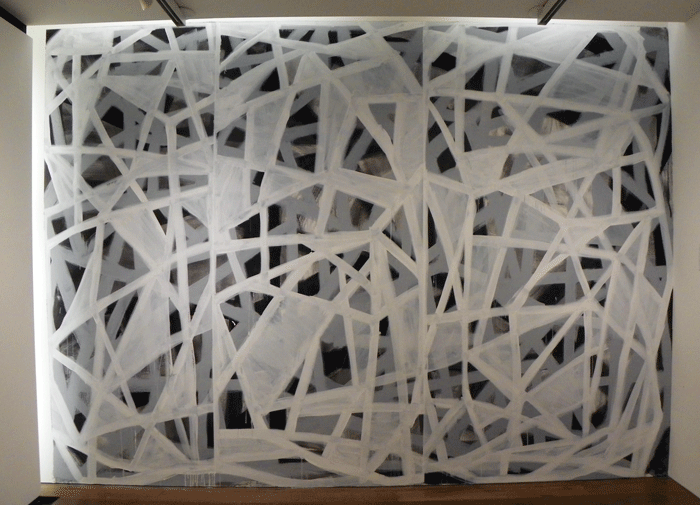
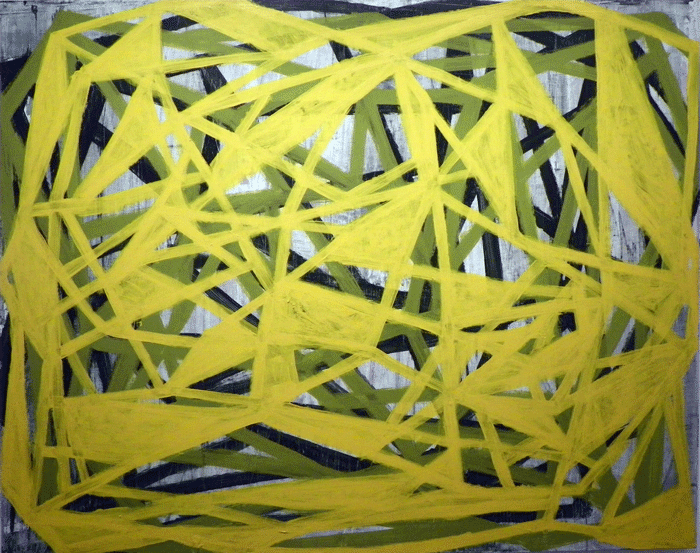
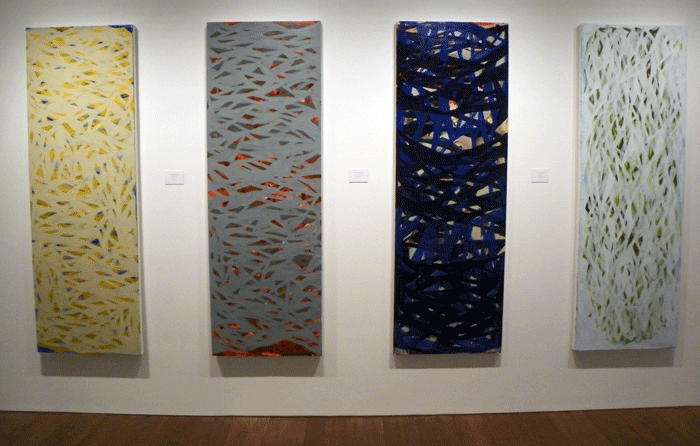
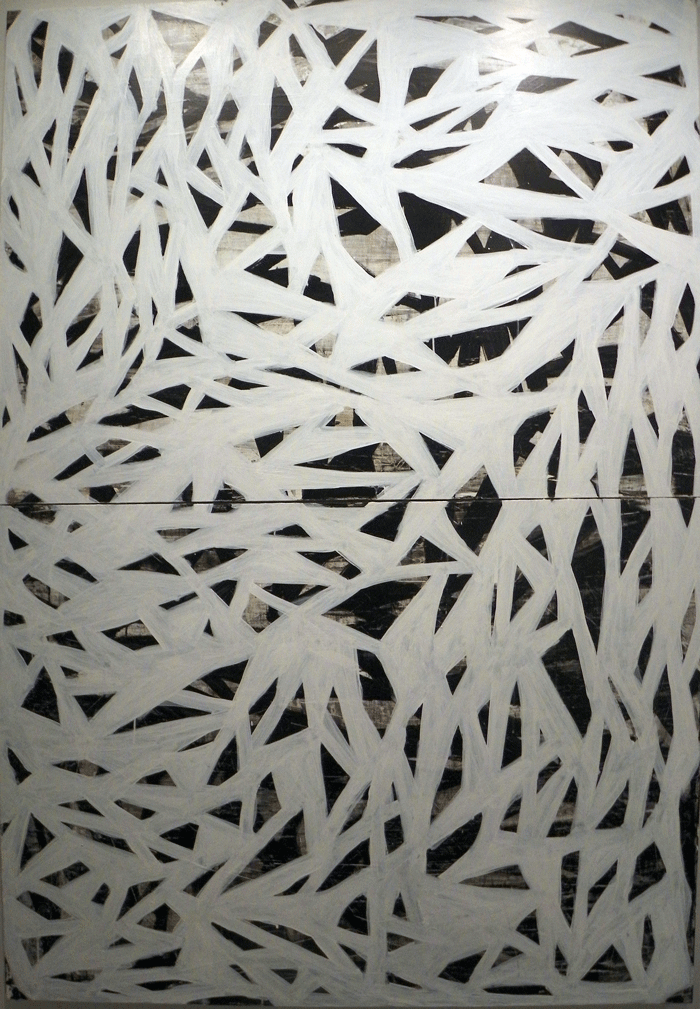
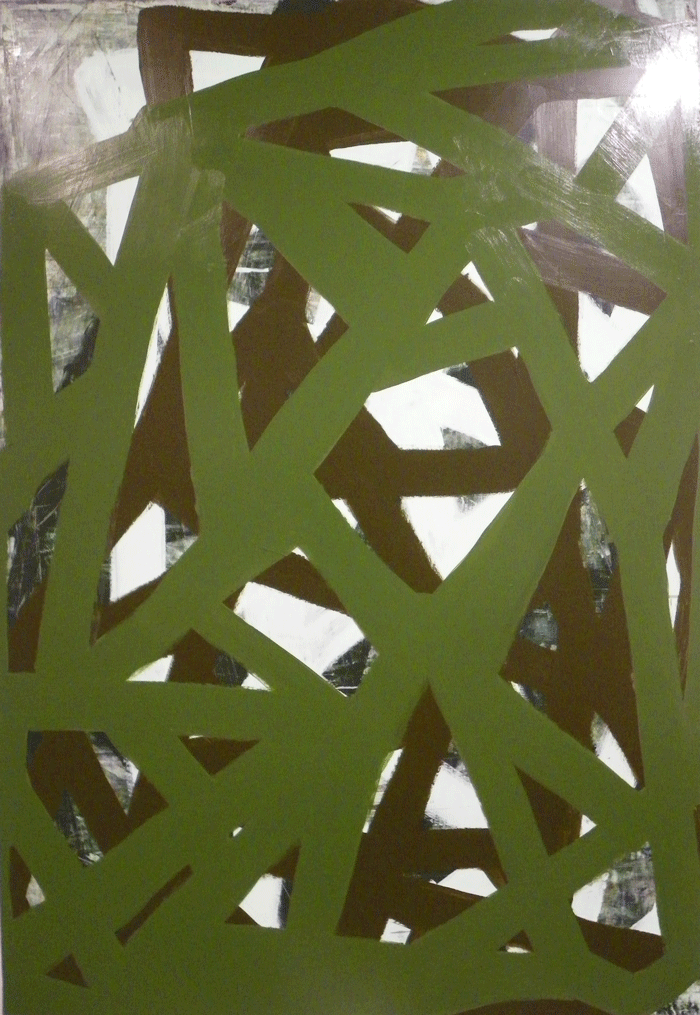



{ 0 comments… add one now }
You must log in to post a comment.